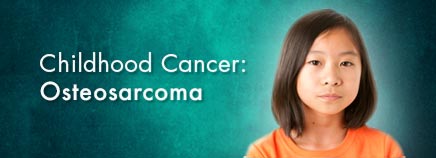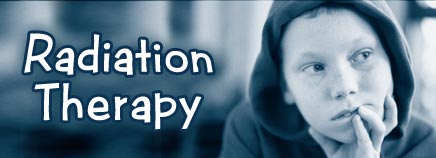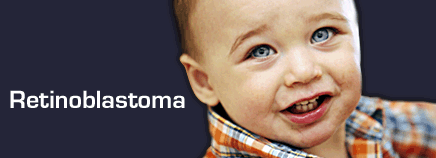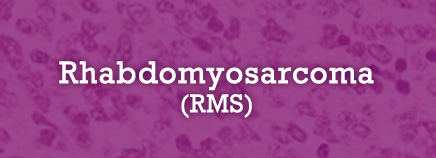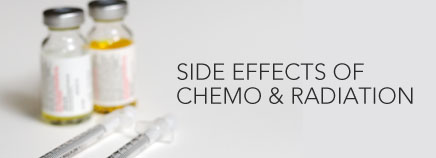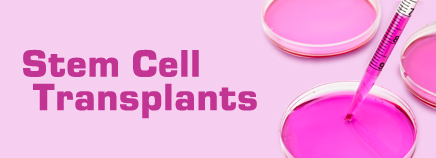Osteosarcoma is the most common type of bone cancer, and accounts for about 3% of cancers that happen in children. Although other types of cancer can eventually spread to parts of the skeleton, osteosarcoma is one of the few that actually begin in bones and sometimes spread (or metastasize) elsewhere, usually …
Radiation Therapy
If you’ve seen a dentist or been treated for a broken bone, you’ve experienced radiation firsthand. In everyday life, radiation in the form of X-rays is used to create images of areas of the body that doctors can’t see, such as the inside of a tooth or the interior of …
Retinoblastoma
Retinoblastoma is a cancerous tumor that grows in the retina, a layer of nerve tissue in the back of the eye that senses light and sends images to the brain. A cancer of early childhood, retinoblastoma can affect developing fetuses in the womb, as well as newborns, babies, toddlers, and children …
Rhabdomyosarcoma (RMS)
About RMS Rhabdomyosarcoma (RMS or “rhabdo”) is a cancerous tumor that develops in the body’s soft tissues, usually the muscles. It can affect the head, neck, bladder, vagina, arms, legs, trunk, or just about any body part. Cells from rhabdomyosarcomas are often fast growing and can spread (metastasize) to other …
Side Effects of Chemotherapy and Radiation
Cancer cells divide and multiply much faster than most normal cells — and that’s typically how they do their harm. Uncontrolled cell growth can lead to masses of cancer cells called tumors, or to a situation where healthy cells are crowded out and can no longer do their jobs efficiently. …
Stem Cell Transplants
Stem cells are cells in the body that have the potential to turn into anything, such as a skin cell, a liver cell, a brain cell, or a blood cell. Stem cells that turn into blood cells are called hematopoietic (heh-mat-uh-poy-EH-tik) stem cells. These cells are capable of developing into the …

